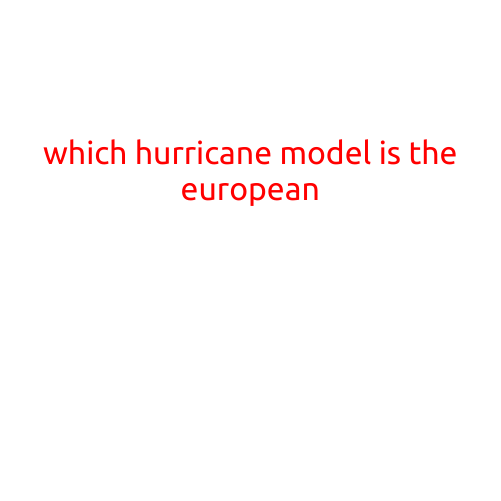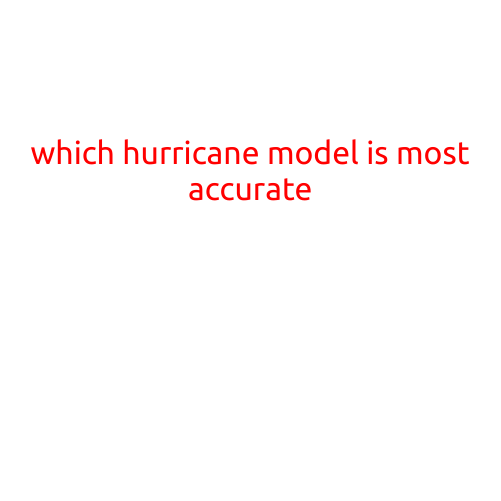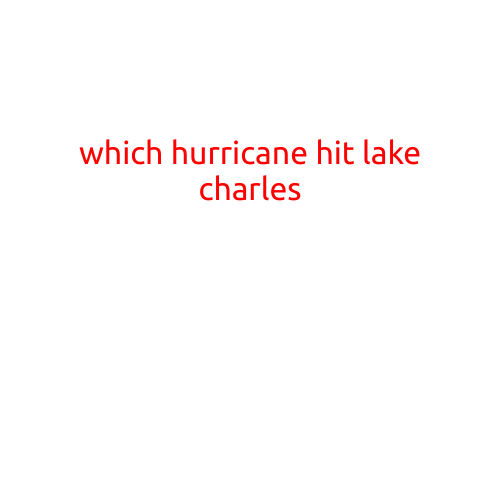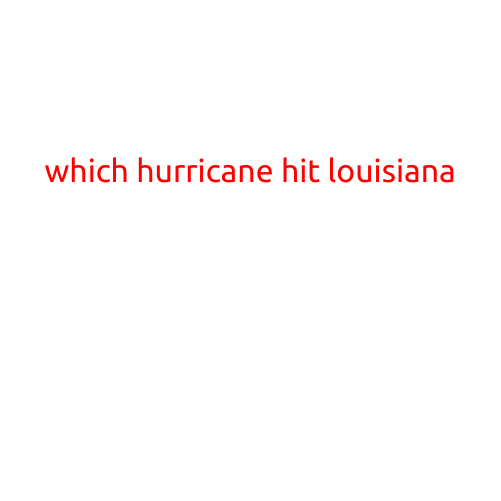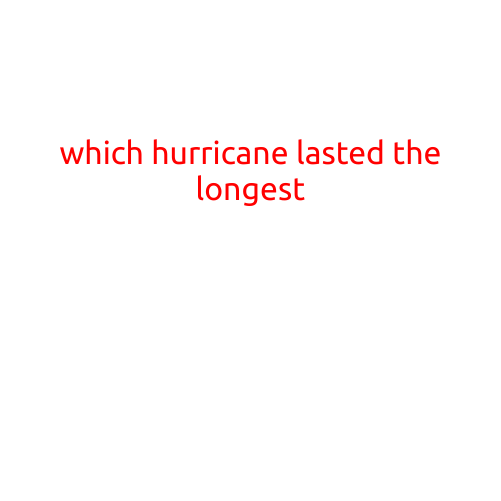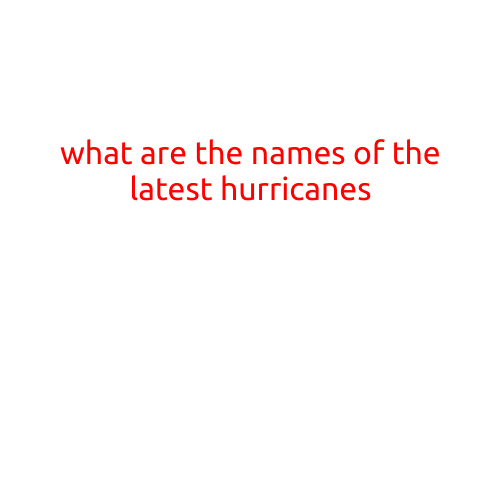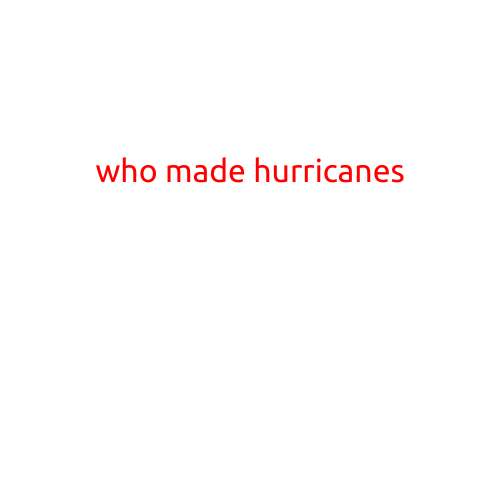
Who Made Hurricanes: Unraveling the Mystery of these Powerful Storms
Hurricanes, also known as tropical cyclones or typhoons, have been a natural part of Earth’s weather patterns for centuries. But have you ever wondered who made these powerful storms? The answer lies in a fascinating combination of geology, oceanography, and atmospheric conditions. In this article, we’ll explore the mysteries behind the formation of hurricanes and delve into the reasons why these storms are so destructive.
The Perfect Storm
Hurricanes form over warm tropical waters, typically within 20° of the equator. The ideal conditions for hurricane formation are:
- Warm ocean waters: Sea surface temperatures of at least 26.5°C (80°F) provide the energy needed to fuel hurricane development.
- Moisture: High levels of atmospheric moisture help to drive convection and strengthen the storm.
- Low pressure: A low-pressure system, typically moving northward from the equator, provides the breeding ground for hurricane formation.
- Wind shear: Minimal wind shear, which is a change in wind direction and speed with height, allows the storm to develop and remain organized.
The Role of the Earth’s Rotation
The Earth’s rotation plays a crucial role in shaping hurricane formation. As the Coriolis force, named after French mathematician Gaspard-Gustave Coriolis, comes into play, it causes the winds to curve, creating a rotating motion. This rotation is a key characteristic of hurricanes and helps to sustain the storm’s energy.
The Ocean’s Influence
The ocean’s role in hurricane formation cannot be overstated. Warm ocean waters heat the air above them, causing it to rise and create an area of low pressure. This low pressure, in turn, pulls in more air from the surrounding area, creating a feedback loop that fuels the storm’s growth.
The Role of Atmospheric Conditions
Atmospheric conditions, such as humidity, temperature, and wind patterns, also influence hurricane formation. The Intertropical Convergence Zone (ITCZ), a belt of low-pressure systems near the equator, provides a pathway for hurricane development. Additionally, high-pressure systems to the north and low-pressure systems to the south can steer the hurricane as it makes its way across the ocean.
Conclusion
Hurricanes are complex weather phenomena that require a specific set of conditions to form. The combination of warm ocean waters, atmospheric moisture, low pressure, and a calm atmosphere allows these powerful storms to develop and grow. The Earth’s rotation and the ocean’s influence provide the necessary factors that shape the storm’s path and intensity. While we can’t control the weather, understanding the intricacies of hurricane formation helps us prepare for these powerful storms and mitigate their devastating impacts.
Further Reading
- National Hurricane Center (NHC). (n.d.). How Hurricanes Form. Retrieved from https://www.nhc.noaa.gov/outreach/how-hurricanes-form.shtml
- NOAA. (n.d.). Hurricanes 101. Retrieved from https://www.noaa.gov/topics/hurricanes/hurricanes-101
Image Credits
- Hurricane formation diagram: National Hurricane Center (NHC)
- Image of hurricane: NOAA/CIA Earth Observation Group
